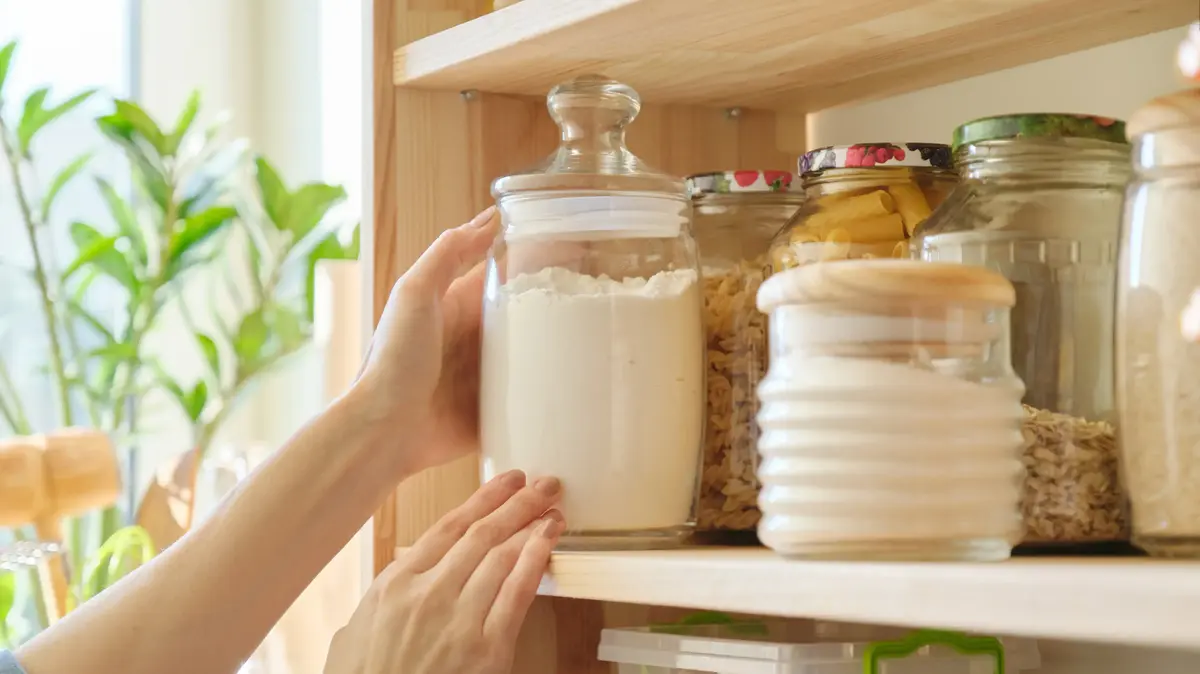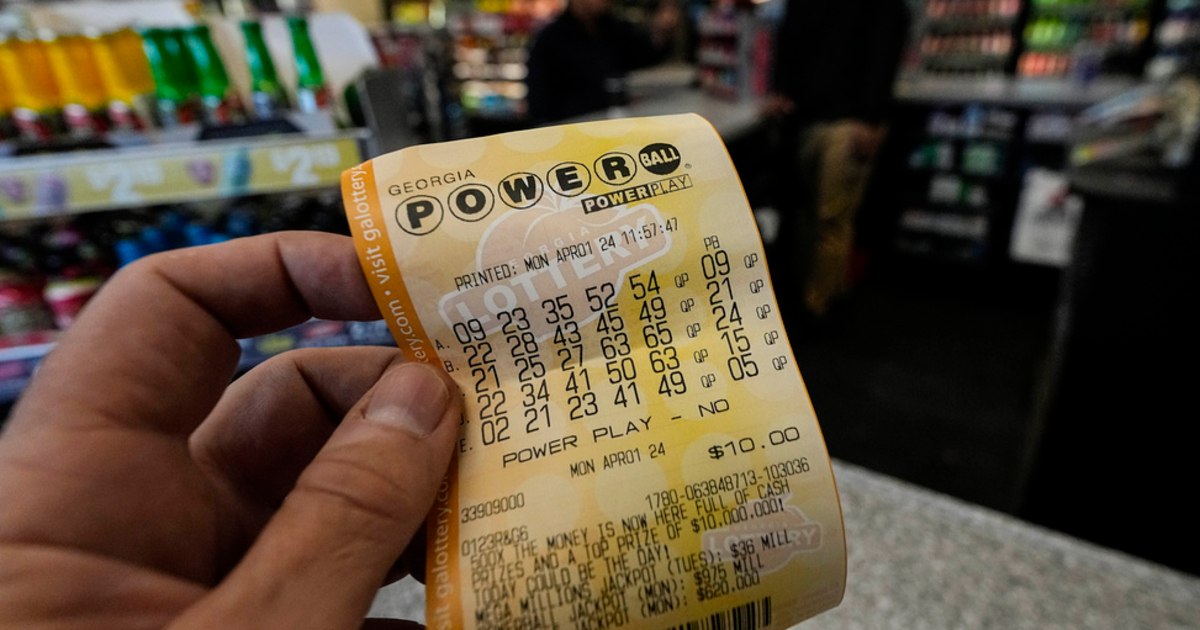My husband usually goes for walks in the woods.
It is one of the advantages of living in a small town.
In less than a rooster crows you plant yourself, never better said, in the middle of the leafy trees and there you become ecstatic and finally breathe fresh air.
Is the forest, however, only space for recreation and walk for urbanites who need to detox?
More information
The edible city
Towards 100% edible cities
Our neighbors the trees
A couple of weeks ago I visited a farmer in the outskirts of Orleans (France) who has cereal fields and in the middle of his property he also has a grove. Recently the good man decided to intervene in the forest, as if it were one of his farm fields, and he decided to plant fruit trees: apricot, walnut, pear and apple trees as well as strawberry and raspberry plantations. While we were walking through the forest I was collecting here and there and I was saying very proudly: “I have created an edible forest”.
His initiative is nothing new.
In fact, for some time now there have been initiatives that seek to physically bring food production closer to people and take advantage of all arable "land", however insignificant it may be: from supermarkets that produce their own salad
on site
, to by the citizens who install greenhouses in the garden and, if there is no garden, on the roof or the balcony, the "guerrilla" citizens who graft branches of fruit trees into others that are not, even the occasional gardeners who cultivate the unoccupied flower beds in the neighborhood park.
A fortnight of edible forests will see the light in France from 2022
It would seem that access to food is gaining importance in the collective imagination and, who else, who less, all dare to plant seeds left and right. On the one hand, cultivated fields are disappearing and the profession of farmer is in danger of extinction in France, but in parallel the micro-areas (traditionally non-cultivable) are multiplying where demanding aromatic herbs, fruits and vegetables grow. Thus, anyone becomes a farmer without a title but with a clear vocation.
Today I bring up the subject again because two French people from the Les Landes region are going to create one of the largest edible forests in all of Europe and without a trace of pesticides. The heroes respond to the name of Yoann Lang, the founder, and Franck Lutic, responsible for the production. In an area of about seven "edible" hectares, which is called Forêt de Higas, they intend to restore the balance between the different species, so that they complement and help each other, so that production is almost autonomous: 100% local and
organic food.
. Their medium-long-term objective, that is, in about seven years, to be able to house 7,000 plant varieties, 150 animal species and 60,000 trees in the forest.
Last year the forest produced 57 plant varieties, including apples (c) Forêt de Higas
On the forest website Yoann Lang says that it was "evidence" for him to start this project as the son of farmers.
"Since I have been very involved in ecology, it was natural that my professional career would finally be oriented towards a 'repairing' agriculture of our past mistakes," he says. It all started with the fallow of a large plot near his home and demonstrating how, thanks to rest, it improved biodiversity in an impressive way, so Lang decided to “become an actor in a great agricultural transition, natural, healthy and affordable for all”.
The forest, which is located in the small municipality of Estibeaux, in the Les Landes region, already sells its own production, as if it were a farm. And in the forest shopping basket there are vegetables, fruits, aromatic herbs and even products of animal origin. Specifically, in 2020, the Forêt de Higas added 20 new trees to its plantation and produced 57 plant varieties, two animal varieties and a total of three tons of food. Lang plans to create a greenhouse powered by solar panels to try to produce locally those foods that are exported from far away: avocados, coffee, pomegranates, cocoa and bananas. And on the near horizon, the intention of adopting chickens, with their corresponding eggs, and bees accompanied by their honeycombs of rich honey.
A very old pear tree in the Forêt de Higas, one of the largest edible forests in Europe (c) Forêt de Higas
To start the Forêt de Higas Lang and Lutik they had the help of various companies and institutions, as well as the contribution of 545 people who participated in a participatory fundraising in Miimosa, a fundraising that proposed counterparts in exchange for money.
When the campaign closed in February last year, they had managed to raise 33,377 euros, which will be used to purchase material and plants.
Even today you can continue to contribute through the Helloasso platform.
Its edible forest is the first in France, but will soon cease to be the only one. Lang is aware of 15 other edible forest projects due to start next year in France. Only one of them will occupy an area of 30 hectares. The forest is becoming, at least in France, the new pantry.









